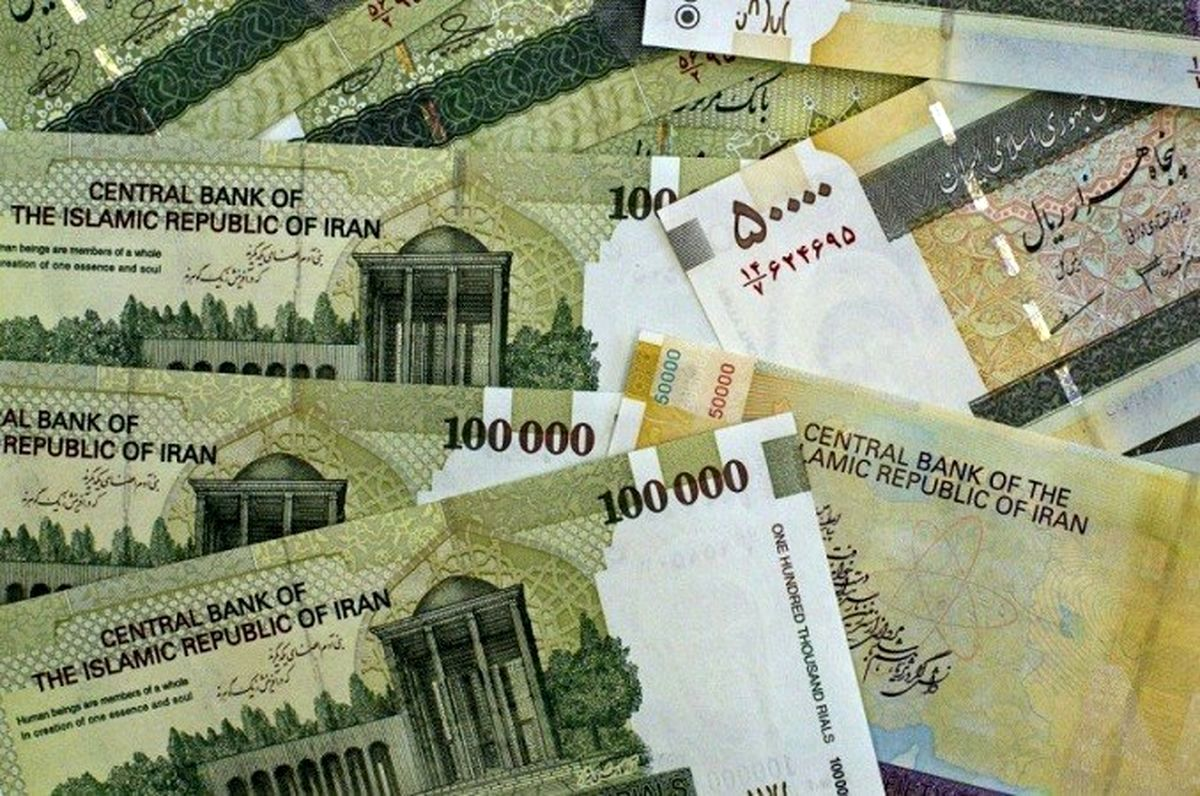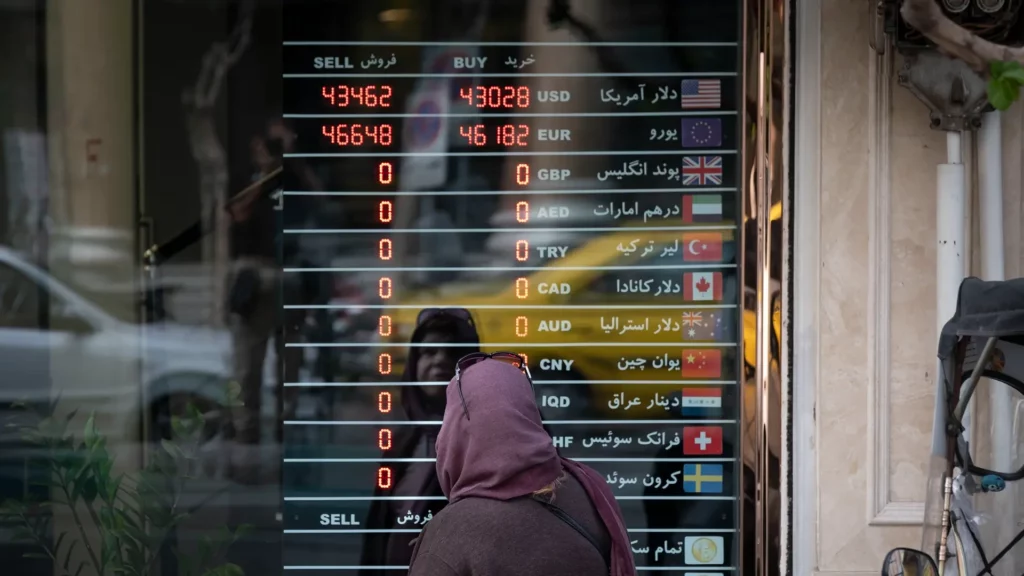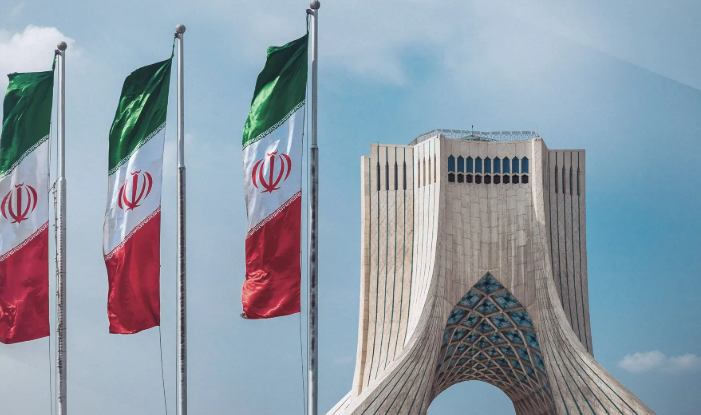Iran Regulations on Crypto and Bitcoin: What You Need to Know
Looking for information on Iran regulations on crypto and bitcoin? This article explains the current legal status, recent regulatory changes, and their effects on crypto investors and the market in Iran.
Key Takeaways
- The Central Bank of Iran has adopted a cautious approach towards cryptocurrencies, implementing regulations focused on anti-money laundering and counter-terrorism financing to mitigate risks associated with their use.
- Economic sanctions have driven Iran towards cryptocurrency adoption, allowing it to utilize digital assets for imports and contributing significantly to the country’s bitcoin mining activities.
- The development of the digital rial reflects Iran’s initiative to modernize its financial system and reduce reliance on the US dollar, amidst challenges related to regulatory scrutiny and energy consumption from mining activities.
Central Bank of Iran’s Stance on Cryptocurrencies

The Central Bank of Iran (CBI) has had a complex relationship with cryptocurrencies. In 2018, the Iranian government imposed stricter regulations on digital currencies due to concerns over their potential use in financing terrorism. This marked the beginning of a more cautious approach towards handling cryptocurrencies in the country.
The Central Bank of Iran developed a regulatory framework focusing on anti-money laundering (AML) and counter-terrorism financing (CTF) measures to address these concerns. This framework seeks to prevent the use of cryptocurrencies for illicit financial activities, aligning with international regulatory standards. CBI governor and other Iranian officials have emphasized the necessity of stringent crypto regulation to safeguard the financial system.
However, the international community has expressed concerns about Iran’s potential use of bitcoin mining for illicit financial activities, complicating its mining operations. Despite these challenges, Iran’s minister and the Central Bank’s regulatory efforts reflect a cautious yet pragmatic approach to integrating digital currencies into the Iranian financial landscape.
Historical Context of Crypto Regulation in Iran
Iran’s journey with cryptocurrencies has been a rollercoaster. The initial debate within the country highlighted a divide between those wary of the risks and those who saw the essential role of digital currencies in ensuring financial stability. This debate set the stage for the regulatory environment we see today.
On December 30, 2017, Iran’s High Council on Anti-Money Laundering banned cryptocurrencies due to concerns over excessive fluctuations and speculation in cryptocurrency investments. The Central Bank of Iran was especially concerned about financial instability resulting from the volatility of digital assets.
Iran’s historical crypto regulation reflects iran’s government objections and the challenge of balancing financial innovation with regulatory caution. Over time, the Iranian government has had to navigate these complexities, adjusting its stance as the global and domestic financial landscapes evolved.
Economic Sanctions and Crypto Adoption

Economic sanctions have been a significant driver of crypto adoption in Iran. To bypass sanctions, the Iranian government legalized the use of cryptocurrencies for importing goods. This move marked a significant step toward broader crypto adoption in Iran.
In 2020, Iran accounted for approximately 4.5% of global Bitcoin mining, generating significant revenue that was beneficial for the economy amid sanctions. This substantial involvement in bitcoin mining was largely due to the country’s cheap electricity, making it an attractive hub for crypto miners. The revenue recovered through this mechanism has provided a lifeline for the Iranian economy, which has been severely impacted by financial sanctions.
The decentralized nature of cryptocurrencies offers an essential alternative to traditional financial systems, particularly for countries like Iran with restricted access to international banking. These digital currencies provide quicker, cheaper money transfer options, enhancing financial efficiency and reducing reliance on central authorities.
National Digital Currency Initiative
Iran’s Central Bank has actively developed a national digital currency, the digital rial, to modernize the financial system under sanctions. Initiated in 2018, the digital rial utilizes Hyperledger Fabric technology.
In June 2023, a retail CBDC trial for the digital rial was launched on Kish Island, a free trade zone in Iran. This trial is part of a broader strategy to enhance banking reforms and adapt to global financial trends. The central bank aims to improve domestic financial transactions by adopting a non-intermediated approach with the digital rial.
A key motivation for developing a national virtual currency is to potentially replace the US dollar in international trade, granting Iran greater financial independence. This move reflects Iran’s commitment to leveraging digital assets to navigate economic challenges.
Energy Consumption and Bitcoin Mining

Bitcoin mining in Iran is a double-edged sword: it generates significant revenue but also consumes substantial electricity, surpassing Finland’s annual energy usage. This high energy consumption has raised concerns about the strain on the national power grid.
As of 2021, about 4.5% of global bitcoin mining activity occurred in Iran, primarily due to the country’s low electricity costs. These costs have made Iran an attractive destination for crypto miners, leading to an influx of powerful computers competing to mine bitcoin. However, the environmental sustainability of this practice remains a contentious issue.
The high energy requirement for cryptocurrency mining, despite its economic benefits, has sparked debates about its environmental impact and long-term viability. The Iranian government faces the challenge of balancing economic gains with the need for sustainable energy practices.
Legal Framework for Cryptocurrency Exchanges

The legal framework for cryptocurrency exchanges in Iran has significantly evolved over the years. In 2018, the Central Bank of Iran banned cryptocurrencies for all financial institutions, primarily due to money laundering and terrorism financing concerns. The ban also extended to currency exchanges, prohibiting them from buying or selling virtual currencies.
In response to economic sanctions affecting the local currency, the Iranian government began reversing the cryptocurrency ban in 2019. Current regulations now permit the possession and mining of digital currencies but prohibit their use for payments. Licensed miners must sell their mined cryptocurrencies to the central bank, limiting their market freedom and profit potential.
Additionally, Iranians are restricted from holding large amounts of global cryptocurrencies, mirroring previous restrictions on holding more than 10,000 euros. These measures illustrate the government’s cautious approach to integrating cryptocurrencies while mitigating potential risks.
International Trade and Sanctions Evasion
Iranian firms increasingly use digital assets to circumvent U.S. sanctions, enabling more discreet international transactions. The Iranian government is exploring the use of cryptocurrencies for international trade settlements as a strategy to mitigate the impact of economic sanctions, particularly through iranian financial institutions.
Cryptocurrencies’ anonymity appeals to countries seeking to evade sanctions, enabling rapid, hard-to-trace cross-border transfers. This characteristic of digital currencies provides a means for sanctioned entities to obscure their financial activities, making it challenging for authorities to monitor illicit transactions.
These strategies highlight the innovative ways in which Iran is leveraging cryptocurrencies to navigate the complex landscape of international trade and sanctions evasion. By doing so, the country aims to sustain its economic activities despite the restrictive measures imposed by global powers.
Collaboration Across Government Agencies
Effective crypto regulation in Iran relies on collaboration among various government agencies. The Central Bank of Iran has created a regulatory framework focusing on licensing crypto brokers and custodians to ensure compliance with anti-money laundering and counter-terrorism financing laws. This framework seeks to harness the economic potential of digital currencies while maintaining regulatory oversight.
The collaboration with the Ministry of Economic Affairs and Finance is crucial for establishing a comprehensive regulatory mechanism for managing digital assets in Iran. This inter-agency cooperation ensures that the regulations are robust and address the multifaceted challenges posed by cryptocurrencies.
Proposals suggest delegating some regulatory responsibilities to private companies and associations to enhance discipline in the cryptocurrency market. This approach aims to foster a more regulated and secure environment for digital currency transactions in Iran.
Potential Economic Benefits and Risks
The economic benefits of cryptocurrency adoption in Iran could be significant. The digital rial showcases Iran’s commitment to leveraging fintech for greater financial independence and resilience against economic pressures. This digital currency could potentially generate revenue and enhance the country’s financial stability.
However, the Iranian government has faced criticism for mining activities contributing to widespread electricity shortages and public dissatisfaction. Despite abundant fossil fuel resources, the energy consumption from crypto mining has strained Iran’s budget and exacerbated existing economic challenges, particularly in light of the country’s subsidized energy.
Market volatility and strict regulations surrounding cryptocurrencies in Iran pose significant risks. These factors hinder the broader adoption of digital currencies and highlight the need for a balanced approach to crypto regulation.
Future Prospects of Crypto Regulation in Iran

The future prospects of crypto regulation in Iran are shaped by both domestic and international factors. The Iranian regime is likely to face increased scrutiny and restrictions from international regulators concerning cryptocurrency activities. This scrutiny could impact the country’s ability to innovate in the crypto sector.
Domestically, increased authoritarian measures in Iran may stifle the growth of the crypto industry, affecting its capacity to develop and implement new technologies. Additionally, the extreme price fluctuations characteristic of cryptocurrency markets pose risks for investors and could influence regulatory decisions.
Overall, Iran’s cryptocurrency regulatory landscape is likely to evolve due to these pressures, reflecting a dynamic interplay between innovation, regulation, and economic necessity.
Summary
Iran’s approach to cryptocurrencies is a complex and evolving story of innovation, regulation, and economic necessity. From the Central Bank’s regulatory frameworks to the national digital currency initiative, Iran is navigating a challenging landscape shaped by international sanctions and domestic economic pressures.
As the country continues to explore the potential of digital currencies, it faces significant risks and opportunities. The future of crypto regulation in Iran will depend on the ability to balance these factors and adapt to the ever-changing global financial environment.
Frequently Asked Questions
Why did Iran impose stricter regulations on cryptocurrencies in 2018?
Iran imposed stricter regulations on cryptocurrencies in 2018 primarily due to concerns about their potential use in financing terrorism. This decision reflects the government’s intent to control and monitor financial activities involving digital currencies.
What is the digital rial?
The digital rial is Iran’s Central Bank Digital Currency (CBDC), designed to modernize the financial system in response to economic sanctions. This initiative reflects Iran’s efforts to enhance its monetary framework.
How has Iran used cryptocurrencies to bypass international sanctions?
Iran has utilized cryptocurrencies, particularly for importing goods, as a means to recover lost revenues from international sanctions, with Bitcoin mining as a key component of this strategy. This approach enables Iran to circumvent financial restrictions and improve its economic resilience.
What are the main criticisms of cryptocurrency mining in Iran?
The main criticisms of cryptocurrency mining in Iran center around its significant energy consumption, which contributes to electricity shortages, and the environmental sustainability issues it raises. These factors have sparked considerable concern among policymakers and the public alike.
What are the future prospects of crypto regulation in Iran?
The future prospects of crypto regulation in Iran suggest that increased international scrutiny may lead to a stifled growth environment, driven by authoritarian measures and evolving regulatory pressures.

